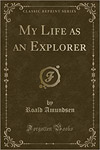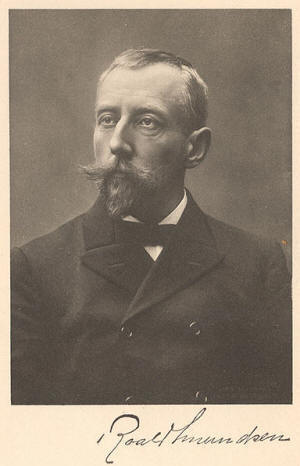 Roald
Amundsen - Norwegian Antarctic Expedition, South Pole, 1910
- 1912
Roald
Amundsen - Norwegian Antarctic Expedition, South Pole, 1910
- 1912
The Crew of the Fram | The "race to the pole", Amundsen v Scott | Who was Roald Amundsen? presentation
Roald Amundsen was the first man to lead a successful expedition to the South Pole. Arriving about a month before Scott and his party after unilaterally declaring it a race. Amundsen used dog sleds, his party was well organised and well prepared with the single intention of reaching the pole, rather than any other exploration or scientific discovery.
Roald Amundsen began a career studying medicine at the University of Christiana (now the University of Oslo), but dropped out in order to go to sea.
His first Antarctic trip was in 1899 on the Belgica expedition when he was one of the first party ever to over winter in Antarctica as the ship became trapped in the pack ice and drifted until it broke out in the following spring. He established his credentials on this trip as a leader, ice master and as a resourceful expeditioner.
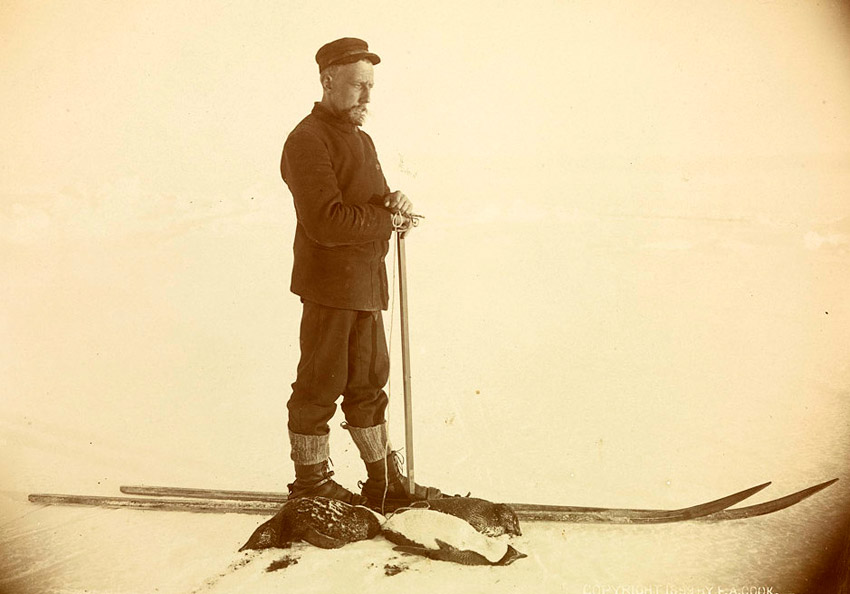 January 26th 1898, Amundsen is the first person to ski in Antarctica
on the Belgica expedition
January 26th 1898, Amundsen is the first person to ski in Antarctica
on the Belgica expedition
He led his first polar expedition in the Arctic from 1903 - 1906 in the Gjoa, successfully traversing the "North West Passage" an extraordinary achievement in a tiny ship that came after a century of attempts and the loss of literally hundreds of lives.
The next major expedition was to be to drift over the North pole with the pack ice in the ship Fram built for fellow Norwegian explorer Nansen (regarded as being the father of polar travel - North and South). The Fram was an unusual ship, unlike many polar exploratory ships that started life as merchant-men, coal ships, or the like, the Fram was designed and built for polar travel. It was a round bottomed ship that was about a third as wide as it was long. The idea being that it was immune to the perils of being stuck in pack ice. Other ships stuck in pack would succumb to the immense pressures on them and be crushed leaving the occupants stranded on floating seasonal ice with no ship.
The Fram was different in that she would respond to the sideways pressure by being pushed upwards, rising out of the pack to sit above the ice in the way that many small and relatively weak boats had regularly been seen to do when frozen in forming sea ice in the Norwegian Fjords in winter time. Against many expectations, the Fram performed perfectly in this manner.
Before the expedition set off to drift over the North Pole, news reached Amundsen of American Robert Peary claim of having reached the North Pole. Plans were hastily changed and Amundsen set out to lead the party that would the first to reach the South Pole instead.
Amundsen left Christiana, Norway in August 1910 with provisions for 2 years and nearly a hundred Greenland sled dogs that were to be the key in his team's subsequent success in reaching the South Pole ahead of Scott and his manhaul party.
Such was the secrecy of Amundsen's
plans, that it was not until a month after leaving Norway,
when their ship had reached Madeira, that Amundsen told
his crew of the revised goal of Antarctica and the South
Pole. Until this point, they were all of the impression
that they were then to head north again for the Arctic.
The Fram and Amundsen's party reached Antarctica and land fall at the Bay of Whales on January 14th 1911 where a winter base was established. Depots were established between then and April when the sun set for the long Antarctic winter night, depots of stores that would be used in the push to reach the South Pole the following spring. It was at the Bay Of Whales that Captain Scott's ship the Terra Nova called quite fortuitously 3 weeks later while exploring along the coast having dropped off the main party including Scott himself. Scott's party had no idea that the Fram was there, thinking that perhaps they would attempt the Pole from the opposite side of Antarctica from the Weddell Sea.
The winter was passed in orderly industriousness while the party prepared the equipment and stores for the polar journey as well as settling into winter routines to maintain morale and make sure the men were kept occupied. Amundsen had endured a difficult enforced winter on the Belgica over 10 years beforehand and understood the importance of preparation for the winter and of maintaining spirits particularly during the dark days of winter.
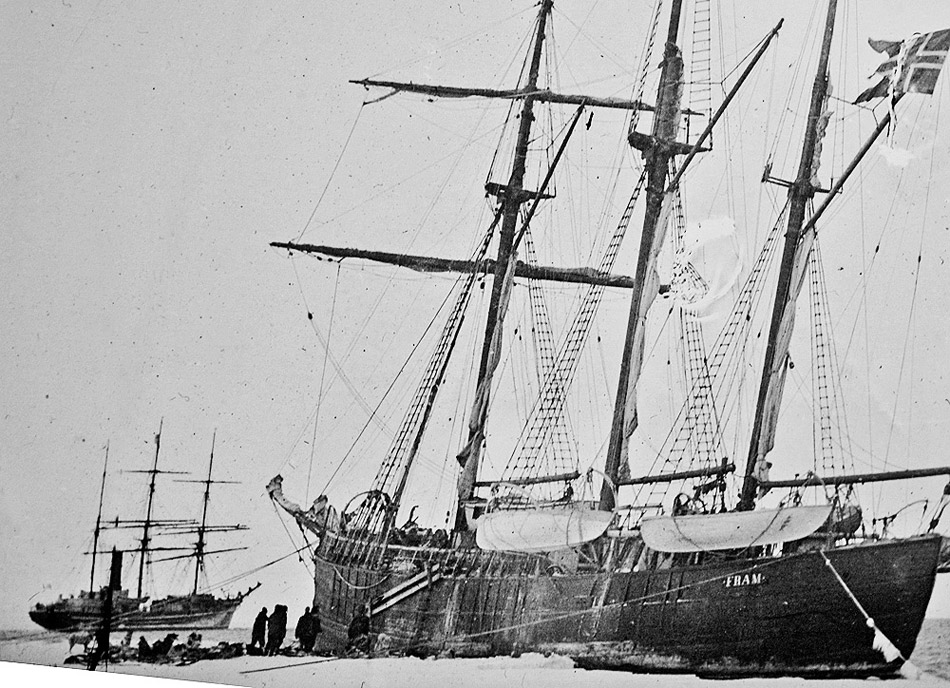
The Fram and Terra Nova (Captains Scott's
ship) unexpectedly meet in the Bay of Whales, Ross Sea, Antarctica,
4th Feb 1911
By late winter / early spring, the sun had reappeared, sledges were ready for the push to the pole and dogs and men were prepared. The weather however was a constant source of frustration, everything would be in place and ready but the weather would turn at the last moment, so the trip would be cancelled.
When eventually Amundsen and his team set off, there were 8 men with sledges, pulled by 86 dogs. The first attempt was halted by the weather that became much colder than expected forcing the team to return to the winter base.
In the end a team of 5 men set off each with a sledge pulled by 13 dogs (52 dogs in total). They made good progress feeding the dogs on seal meat and blubber that had been brought with them. The men's rations were meagre in quality, but sufficient in quantity.
Plans were made for the final push to the pole based on setting out with dogs that would be systematically shot and fed to the remainder. They struggled on against poor weather, blizzards and bad snow conditions which took their toll on both dogs and men.
At 3 p.m. on Friday December the 14th 1911 the party arrived at the South Pole. They had been concerned that Scott may have beaten them to the prize. They erected a small tent and placed inside it a letter and then set off back to their winter base. They arrived 39 days later with all five men and 11 dogs "hale and hearty". The party that had reached the South Pole first was:
Roald Amundsen
Olav
Olavson Bjaaland
Hilmer Hanssen
Sverre H. Hassel
Oscar Wisting
The 11 surviving dogs would later be given to Douglas Mawson for his Australasian Antarctic Expedition when the Fram and Mawson's ship the Aurora met at Hobart in March 1912 as Amundsen was leaving Antarctic and going back to Norway.
Amundsen continued his explorations in the Arctic becoming more and more interested in flying and airship travel. He disappeared with no trace in 1928 while searching for the survivors of an airship crash in the Arctic.
Amundsen was much troubled in later years by accusations of ungentlemanly conduct and being unsporting in the manner that he arrived in Antarctica to race Scott to the pole without giving any prior notice of intention. Accusations made all the more painful because he and his team survived while Scott and his party all perished.
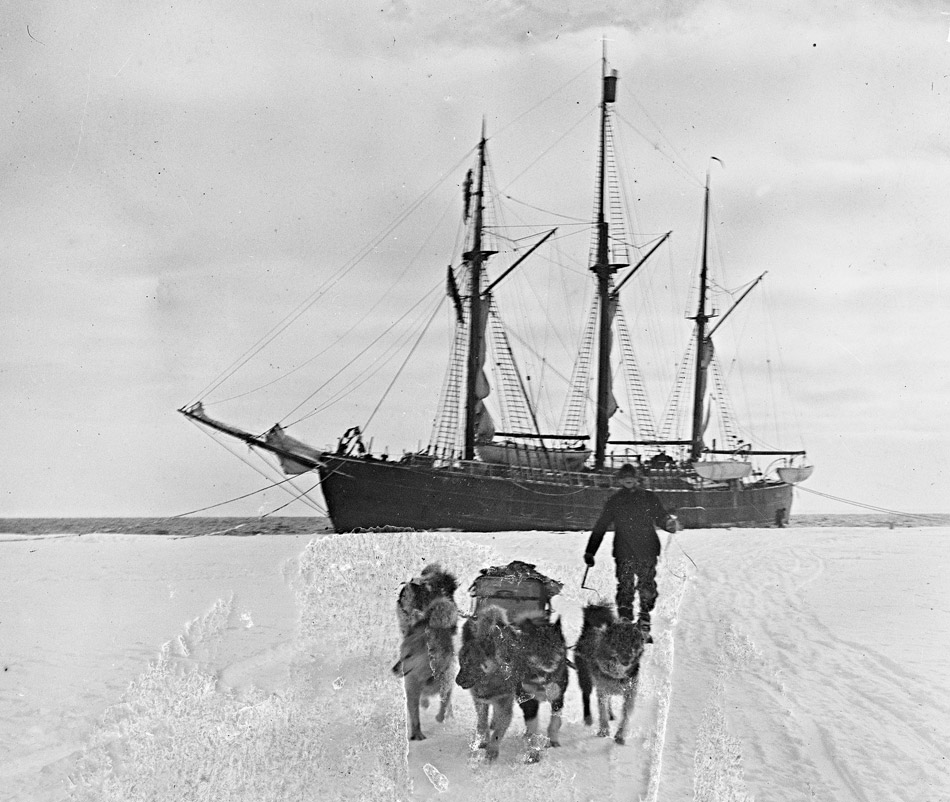
Exercising a dog team in a run out from the Fram
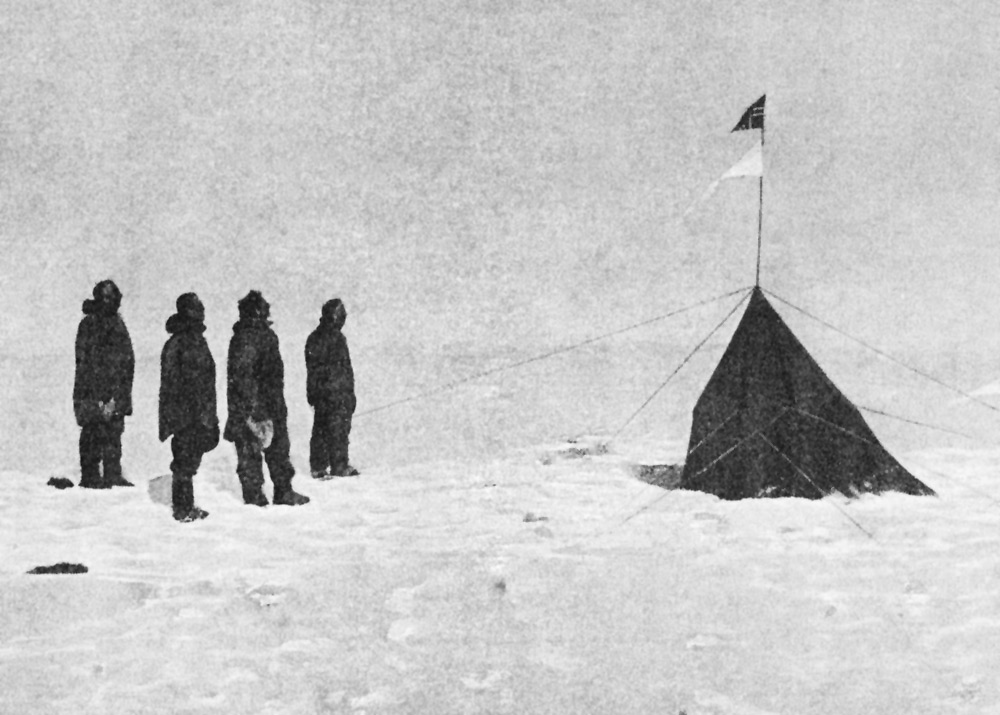 The polar party by their South Pole marker tent and flag
The polar party by their South Pole marker tent and flag
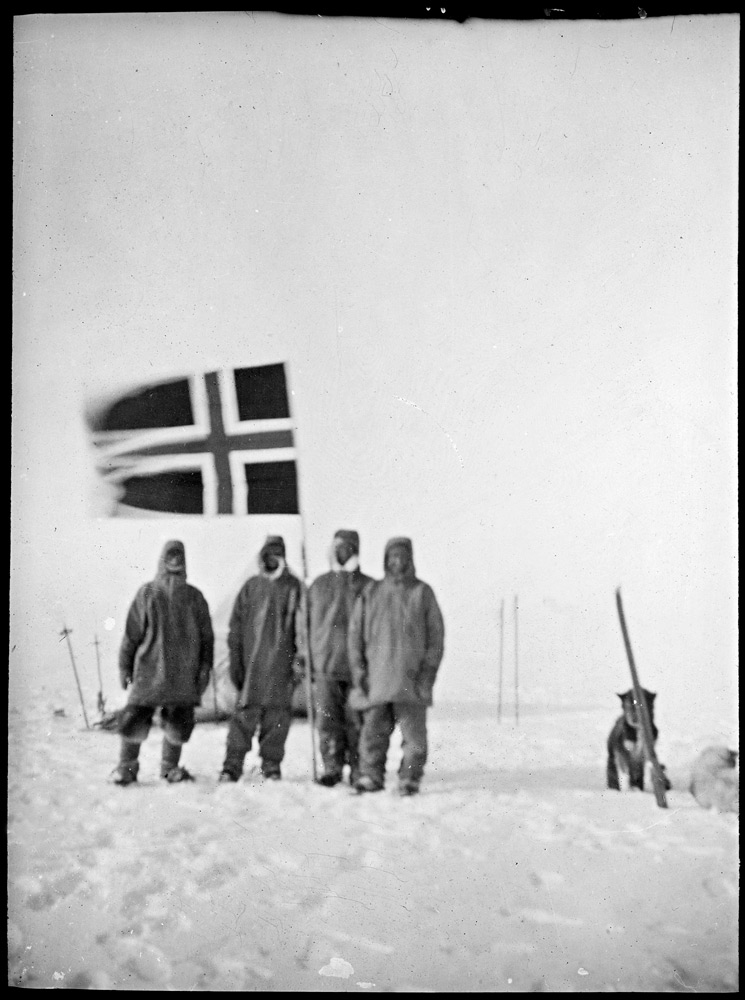 Roald Amundsen and his dog team at the South Pole
Roald Amundsen and his dog team at the South Pole
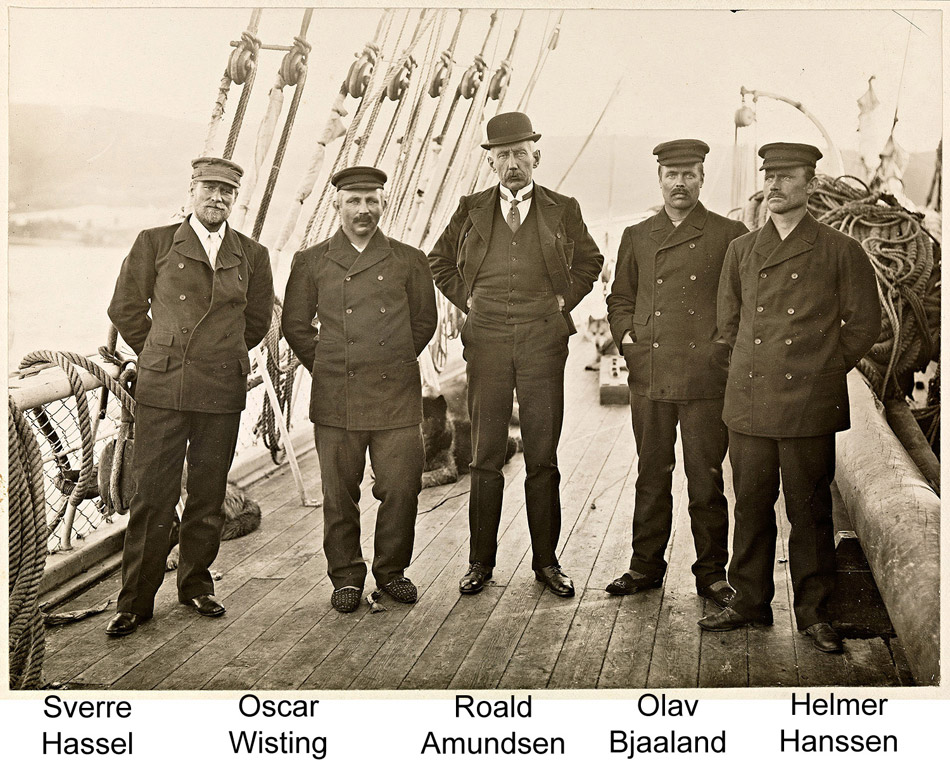
The South Pole party on board the Fram
at anchor in Hobart on arrival from the south
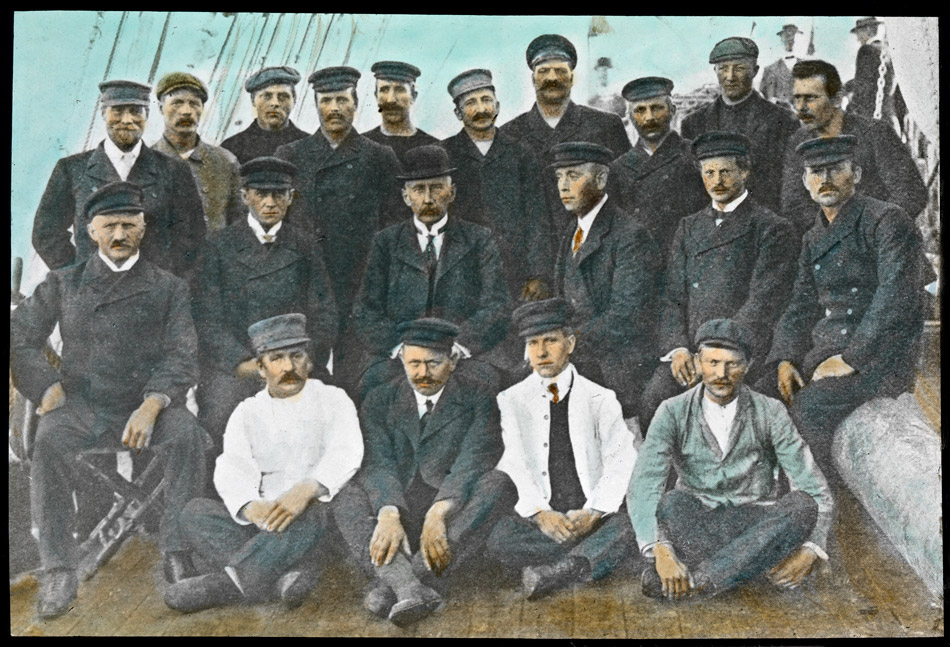
Crew of the Fram 1912, Amundsen centre
with bowler hat Crew of
the Fram in detail
Crew of the Fram | More pictures from the 1911 South Pole Expedition
Pictures used courtesy National Library of Norway Nasjonalbiblioteket
Roald Amundsen Books and Video

The South Pole:
Roald Amundsen, the Norwegian Antarctic Expedition, 1910-1912
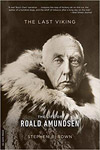
The Last Viking:
The Life of Roald Amundsen

Roald Amundsen's Sled Dogs:
The Sledge Dogs Who Helped Discover the South Pole
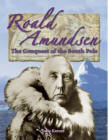
Roald Amundsen
The Quest for the South Pole, ages 9-12

The Amundsen Photographs
discovered in 1986, pictures from three of Amundsen's voyages
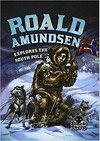
Roald Amundsen Explores the South Pole
ages 7-10


